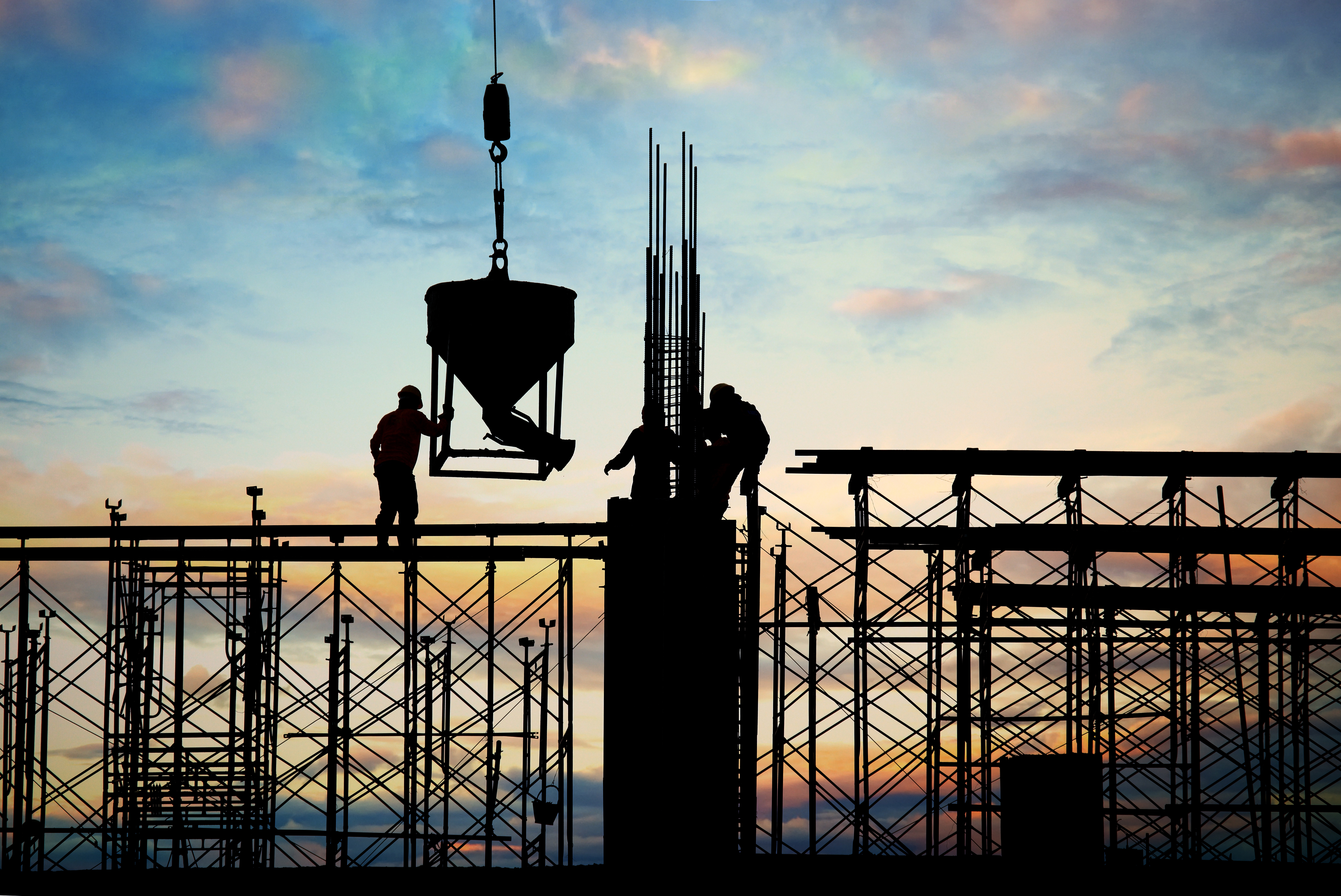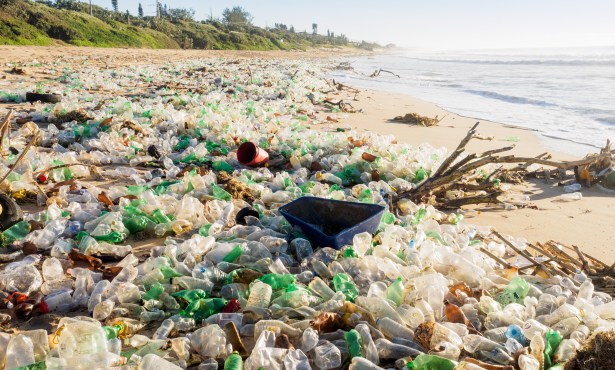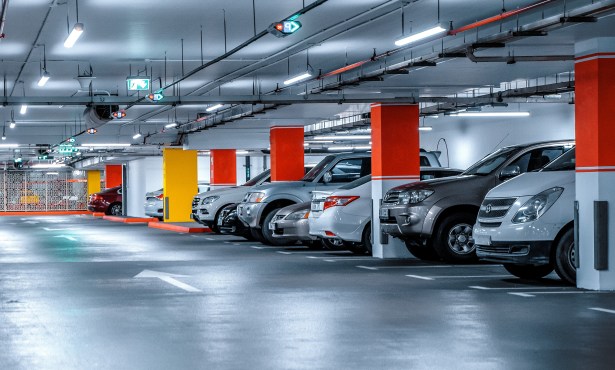Rebuilding Versus Building Anew
Do Not Tear It Down — Give It a Facelift and an Energy Upgrade

Constructing new buildings generates a lot of planet-warming emissions. Zero-Net-Energy (ZNE) buildings don’t add operating emissions, but these structures still have a huge and immediate carbon footprint — the carbon emissions from the mining, transportation, manufacture, and placement of all the materials that go into a building. Each year, the U.S. adds about six billion square feet of new efficient, code-compliant structures. The emissions from all the materials and processes to erect these buildings is roughly one percent of total U.S. greenhouse gas (GHG) emissions. In addition, they will generate about five percent of total GHG emissions each year from operations. But these figures are dwarfed by the operating emissions of all existing U.S. buildings, more than a third of total annual emissions. In brief, because of the urgency of climate change, the focus needs to be on existing buildings.
The total embodied emissions from materials in an existing structure have already happened. From a climate change perspective, we cannot afford to release that amount again by replacing old buildings with new ones. Yet, we knock down old buildings because the land has become more valuable, or the style is outdated, or because building anew is often easier than renovating existing structures. Renovating a building, however, releases 50-75 percent less carbon than a comparable new building, and if the renovation includes a deep energy efficiency upgrade, there is an even bigger reduction in GHGs. When renovations join with major energy upgrades then both embodied and operating emissions are reduced, money is usually saved, carbon almost always saved and in some cases zero-net-carbon can be achieved.
There are three basic parts to making an existing building net-zero:
• Improve system efficiency by upgrading the lighting, heating and cooling systems, equipment, controls, etc.
• Improve building efficiency with insulation, windows, air sealing, shading, and daylighting.
• Power the building with renewable energy.
A decade ago, the best return on investment was to start by adding more insulation, making the lighting and equipment more efficient and installing new high-performance windows. Only then would renewable power be considered. This was because photovoltaics (PVs) were expensive. Today, with PVs and new efficient heat pump equipment being relatively inexpensive, adding solar panels is often the first strategy considered.
The energy loads in commercial buildings are more from lighting, equipment, and people than outside temperatures, so upgrading the lighting and equipment generally has the biggest impact. Because residential buildings are dominated by heating and cooling loads, envelope upgrades have the biggest impact.
The best candidates for ZNE upgrades are buildings with unshaded flat or low-pitched roofs in the one- to five-story range. With the focus in Santa Barbara on revisioning the State Street corridor, the opportunities for transformation and the reduction of carbon emissions from our built environment are enormous, since more of our buildings downtown and in other part of the city are old and fit this ideal candidate profile.
Every day, the staff of the Santa Barbara Independent works hard to sort out truth from rumor and keep you informed of what’s happening across the entire Santa Barbara community. Now there’s a way to directly enable these efforts. Support the Independent by making a direct contribution or with a subscription to Indy+.



